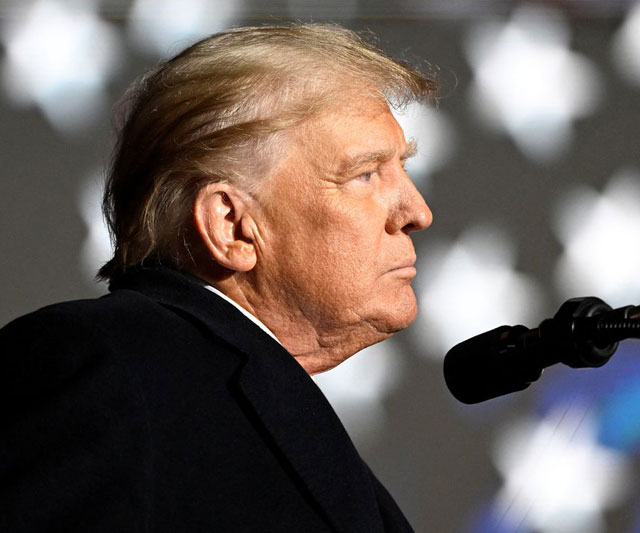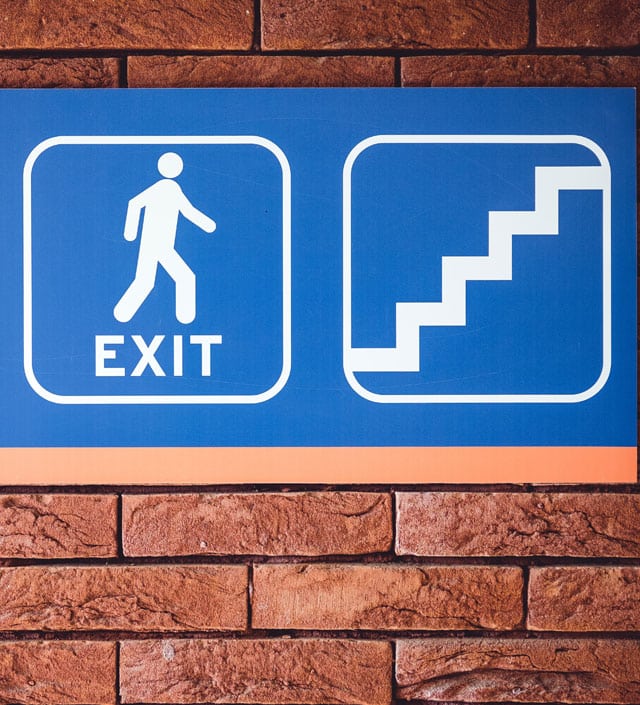Anticipating business-friendly policies, U.S. small businesses are experiencing a surge of optimism following the election of Donald Trump.
The National Federation of Small Business Research Center reports that its Small Business Optimism Index increased by 8 points in November to 101.7 — bringing it above the 50-year average of 98 after staying below the average for 34 months. It’s the highest reading since June 2021, the NFIB reports in a news release. The Optimism Index has 10 components, nine of which increased. One remained unchanged.
The NFIB also reported that its Uncertainty Index, which hit a record high of 110 in October, declined 12 points in November to 98.
“The election results signal a major shift in economic policy, leading to a surge in optimism among small business owners,” said NFIB Chief Economist Bill Dunkelberg in the release. “Main Street also became more certain about future business conditions following the election, breaking a nearly three-year streak of record high uncertainty. Owners are particularly hopeful for tax and regulation policies that favor strong economic growth as well as relief from inflationary pressures. In addition, small business owners are eager to expand their operations.”
The component of the Optimism Index that had the biggest effect was the net percentage of business owners who anticipate that the economy will improve. That gauge rose 41 points from October to November, to a net 36% — the highest since June 2020.
Other results include:
- The net percentage of owners who say it is a good time to expand their business rose 8 points to a net 14%, which is the highest score since June 2021.
- The net percentage of owners anticipating improved real sales volumes increased 18 points to a net 14% (seasonally adjusted). That’s the best reading since February 2020.
- A net 5% of owners reported paying a higher rate on their most recent loan, unchanged from October’s lowest reading since January 2022.
- A seasonally adjusted 28% of owners are planning capital outlays in the next six months. That’s an increase of 6 points from October and is the highest reading since January 2022.
- The frequency of reports of positive profit trends was a net negative 26% (seasonally adjusted), up 7 points from October and the highest reading of this year.
- Inflation, in the form of higher input and labor costs, was the biggest problem in conducting business, according to 28% of owners down 3 points from October. Labor quality was the second biggest problem, listed by 27%.
- Seasonally adjusted, 36% of owners reported being unable to fill job openings, an increase of 1 point from October. NFIB reported that 55% of owners were hiring or trying to hire in November, and 87% said there were few or no qualified applicants for the positions.







